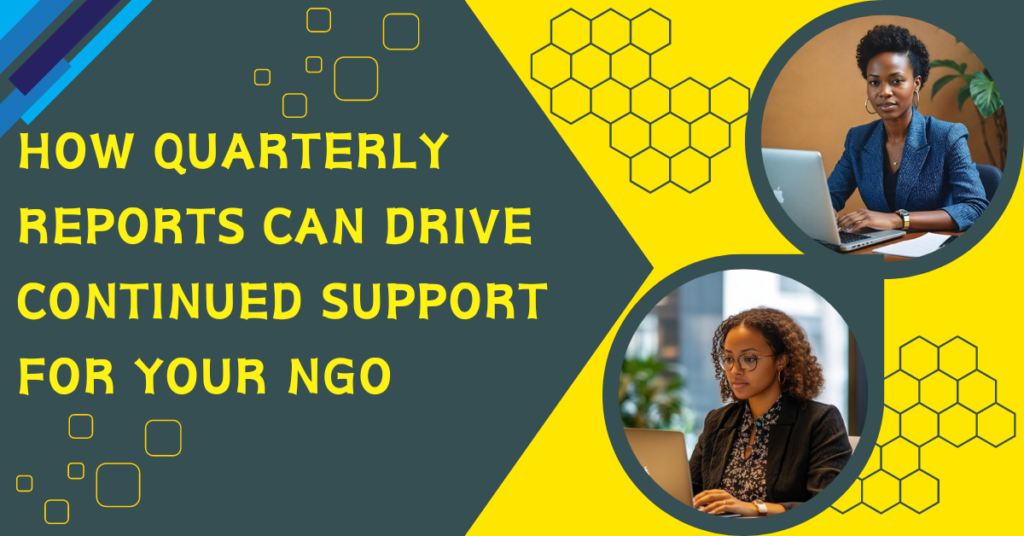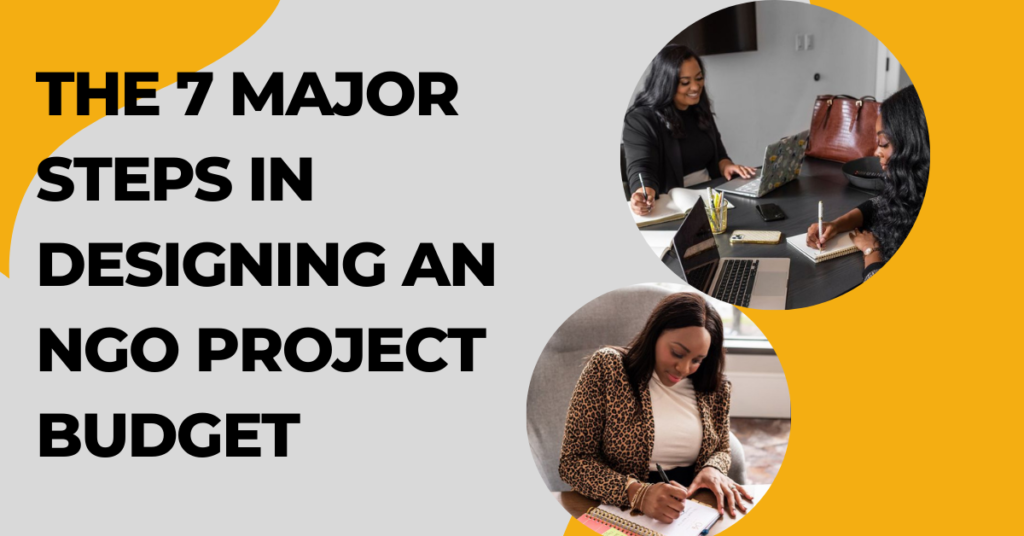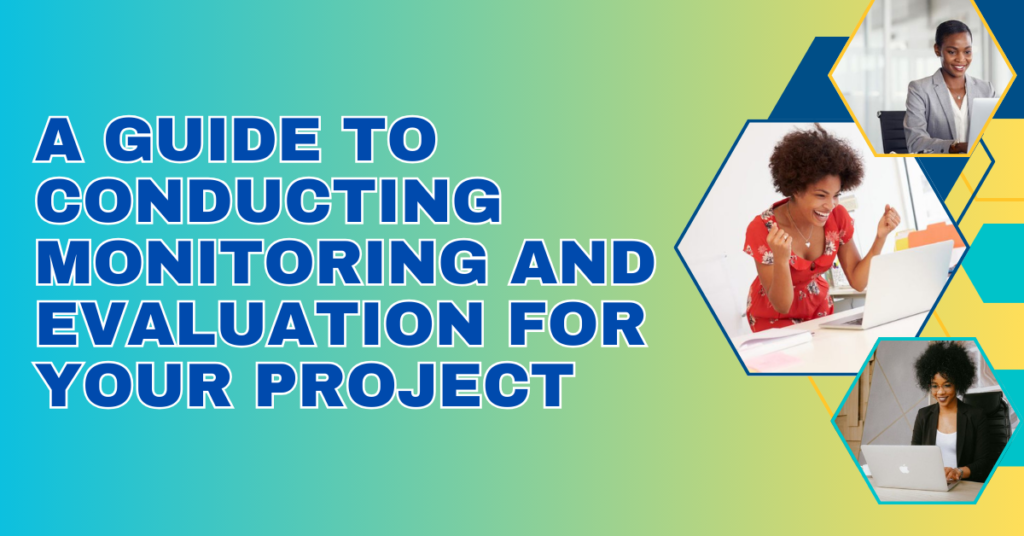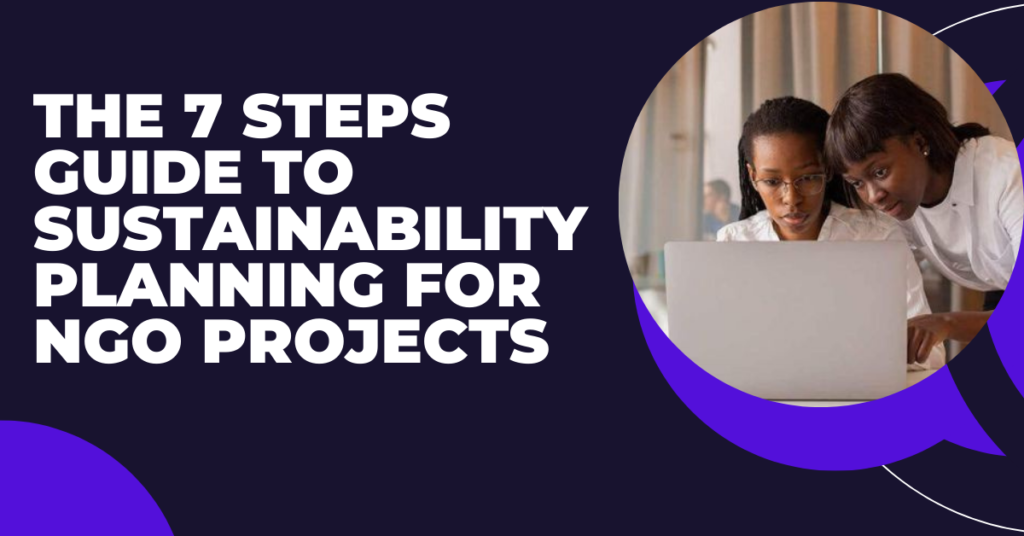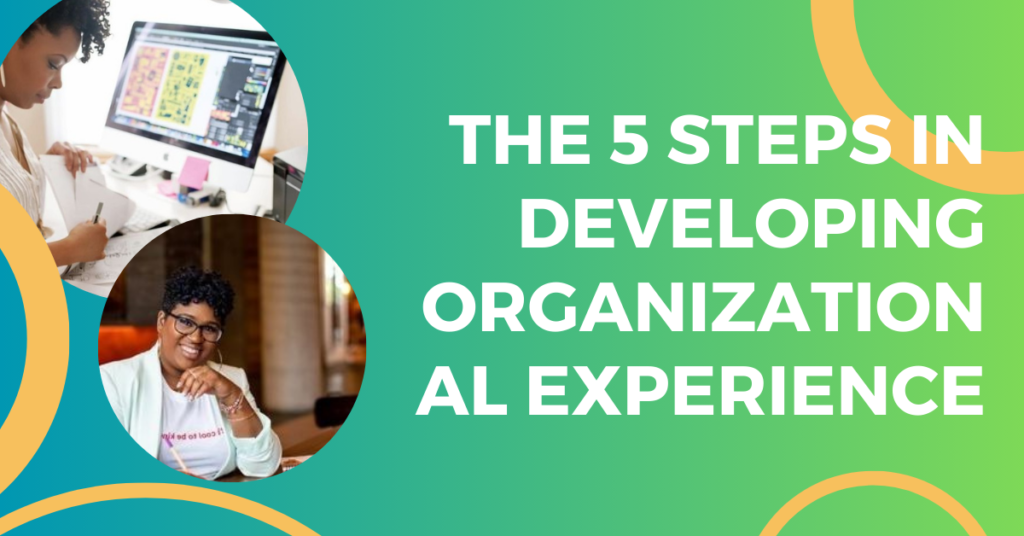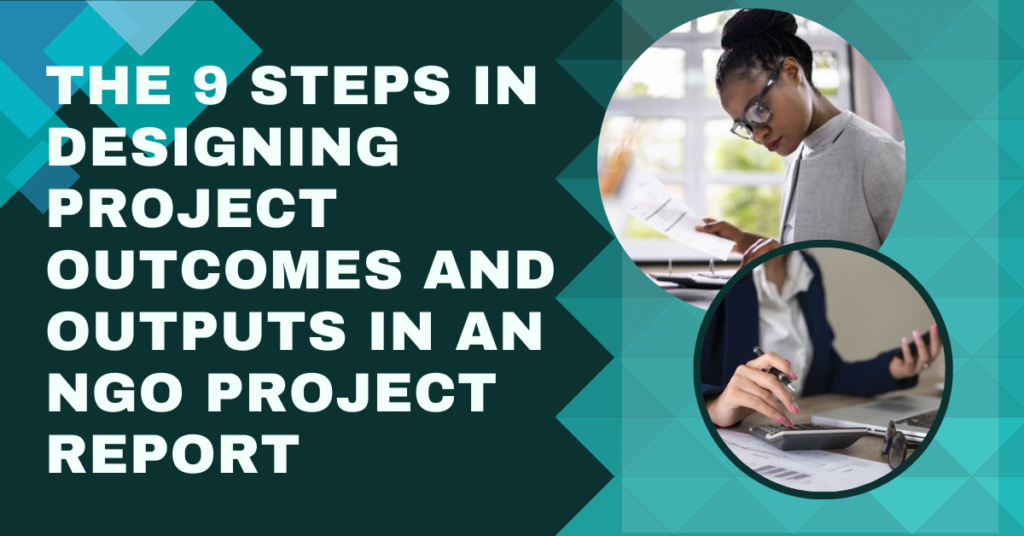
Menu
Facebook-f
Twitter
Google-plus-g
How quarterly reports can drive continued support for your NGO
In non-profit organizations (NGOs), transparency and accountability are critical for building and maintaining donor trust. One of the most effective ways to demonstrate both is through regular communication with your donors, especially through quarterly reports. These reports offer a powerful opportunity to update donors on your progress, highlight successes, and reinforce the value of their support. When done well, quarterly reports can help boost donor confidence and lead to continued financial support for your NGO.
In this article, we will explore how quarterly reports can enhance donor trust, outline key elements of an effective report, and provide tips on making your reports more engaging and impactful.
- The Importance of Transparency and Accountability
Donors want to know that their contributions are being used effectively and that the causes they care about are being addressed. Quarterly reports provide a transparent and timely way to communicate the results of your NGO’s efforts. Here’s why transparency and accountability are crucial:
- Builds Trust: Regular reports demonstrate that your NGO is open about how funds are being used and the progress you are making toward your goals. This openness fosters trust, making donors feel more confident in their decision to continue supporting your work.
- Shows Responsibility: Quarterly reports allow you to show how your organization is managing donor funds responsibly. Providing clear information about financials and outcomes signals that your NGO is committed to responsible and ethical practices.
- Encourages Long-Term Support: Donors are more likely to continue supporting an NGO when they feel informed about its activities and see evidence of progress. By consistently providing updates, you keep donors engaged and invested in your mission.
Example: A health-focused NGO, for instance, could use a quarterly report to share updates on the number of beneficiaries reached by a vaccination campaign, progress in establishing health clinics, and detailed financials showing how funds have been allocated toward achieving these goals. This kind of regular transparency builds confidence and keeps donors committed to ongoing contributions.
- Key Elements of an Effective Quarterly Report
A quarterly report should be more than just a financial statement—it should tell the story of your NGO’s progress, challenges, and future plans. Here are key elements to include in your report to make it both informative and engaging:
- 1. Executive Summary: Start your report with a brief overview that highlights the key achievements and developments from the past quarter. This gives donors a quick snapshot of your work before they dive into the details.
- 2. Financial Summary: Donors want to see how their contributions are being used, so include a clear financial summary. Break down income sources, spending categories, and how funds were allocated toward specific programs. Visuals such as pie charts or graphs can make this information more digestible.
- 3. Impact Stories: Use storytelling to highlight the real-world impact of your NGO’s work. Include stories of individuals or communities who have benefited from your programs. Personal stories put a human face to your efforts and make your work feel more tangible to donors.
- 4. Program Updates: Provide updates on the key projects and initiatives you’ve been working on over the past quarter. Include details on the progress you’ve made, any challenges encountered, and plans for the next quarter. Be sure to emphasize how donor contributions have played a role in your successes.
- 5. Success Metrics: Share measurable outcomes that demonstrate the effectiveness of your programs. For example, if your NGO focuses on education, you could include the number of students enrolled, improvements in literacy rates, or the success of specific educational initiatives.
- 6. Future Plans: Donors appreciate knowing what’s coming next. Outline your goals and plans for the next quarter and explain how continued donor support will help you achieve these objectives. This not only keeps donors informed but also encourages ongoing contributions.
Pro Tip: Consider personalizing your quarterly reports for key donors. Highlight specific programs that are of particular interest to them, or include a personalized message thanking them for their continued support.
- Making Quarterly Reports Engaging
A common mistake NGOs make is to view quarterly reports as purely informational documents. While they are certainly a tool for sharing important data and updates, they can also be a way to connect emotionally with your donors and inspire continued support. Here are some tips for making your reports more engaging:
- Use Visuals: Break up text-heavy sections with visuals such as infographics, photos, and charts. Visuals not only make the report more visually appealing but also help convey complex information in a more accessible way.
- Highlight Personal Stories: Donors want to see the impact of their contributions on real lives. Include testimonials, quotes, or case studies that show how your work is making a difference. For example, a quote from a beneficiary explaining how your NGO’s program changed their life can be a powerful reminder of the value of donor support.
- Keep It Concise: While it’s important to provide detailed updates, avoid overwhelming your readers with too much information. Focus on the key achievements and impact areas, and keep your language clear and concise.
- Incorporate Videos and Interactive Elements: If your quarterly report is being shared online, consider including short videos or interactive elements. A brief video showcasing a successful project or testimonials from beneficiaries can bring your report to life and make it more engaging for donors.
- Make it Shareable: Encourage donors to share your report with their networks by making it easily shareable. Provide social media buttons, or include a call to action asking donors to help spread the word about your NGO’s work.
Example of Visual Engagement: A food security NGO could include before-and-after photos of a community garden project funded by donors. The report might also feature a testimonial from a local farmer, along with an infographic showing how many families have benefitted from the increased food production.
- The Role of Quarterly Reports in Strengthening Donor Relationships
Regular communication is key to building strong, long-term relationships with your donors. Quarterly reports are an excellent opportunity to maintain a meaningful connection with donors, beyond just asking for financial contributions. Here’s how quarterly reports can strengthen these relationships:
- Keeps Donors Informed and Involved: Donors want to feel like they are part of your organization’s journey. Quarterly reports keep them in the loop, helping them feel involved in the progress and successes of your NGO.
- Reinforces Your NGO’s Credibility: By consistently sharing updates and impact reports, you reinforce your NGO’s credibility and professionalism. Donors will see that your organization is serious about its mission and committed to transparency.
- Provides Opportunities for Feedback: Quarterly reports can also be a tool for soliciting feedback from your donors. Consider including a short survey or a feedback form, inviting donors to share their thoughts or ideas on your work. This two-way communication helps donors feel valued and appreciated.
- Encourages Repeat Donations: By showing donors the positive impact of their contributions and sharing your future plans, you create a strong case for continued support. When donors see the tangible results of their investment, they are more likely to donate again.
Example: A disaster relief NGO could use quarterly reports to update donors on the progress of relief efforts after a natural disaster. The report might include information on how funds were used to provide shelter, food, and medical care, along with future plans for rebuilding efforts. This regular communication helps ensure donors feel connected to the ongoing work and motivates them to continue supporting the recovery process.
- Best Practices for Creating Quarterly Reports
To make the most of your quarterly reports and maximize their impact, follow these best practices:
- Plan Ahead: Create a reporting schedule and stick to it. This consistency helps build trust with donors, who will come to expect regular updates from your organization.
- Tailor Your Reports for Different Audiences: While the content of your report may be the same, consider customizing certain sections for different donor groups. For example, institutional donors may be more interested in financial breakdowns, while individual donors may prefer personal stories and testimonials.
- Thank Your Donors: Always express gratitude in your reports. Include a heartfelt thank-you message to acknowledge the essential role donors play in supporting your work.
- Ensure Accessibility: Make sure your quarterly reports are easily accessible to all donors. Post them on your website, send them via email, and provide hard copies when necessary.
Conclusion
Quarterly reports are a powerful tool for boosting donor confidence and ensuring continued support for your NGO. By providing transparent updates, sharing impact stories, and engaging donors with visuals and data, you can strengthen your relationships and inspire long-term commitments from your supporters. Regular communication not only helps donors feel valued but also reinforces their trust in your organization’s mission and management.
Remember, the key to successful quarterly reporting is to make your updates both informative and engaging. By combining financial transparency with compelling stories and visuals, your NGO can demonstrate the real-world impact of donor contributions and build a lasting foundation for future support.
Address List
-
Makerere Hill Road, Ham Towers -
+256-703947778 -
info@professionalwriters.shop
Social Networks
Links List
Professional Writers Inc.
Turning Ideas Into Reality
NGO Documents Writing Training [Free]
